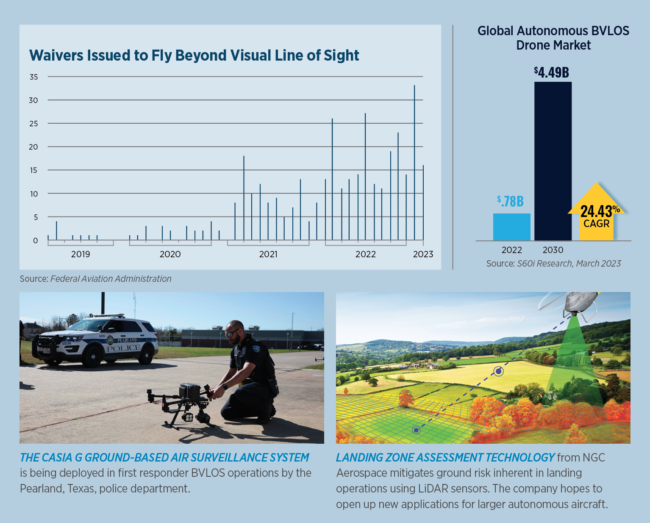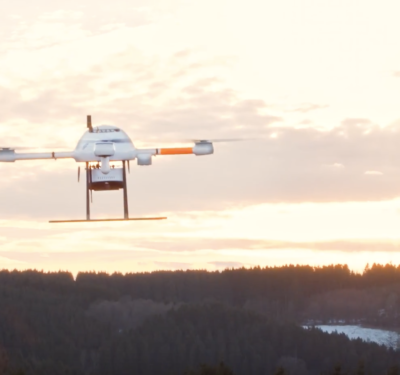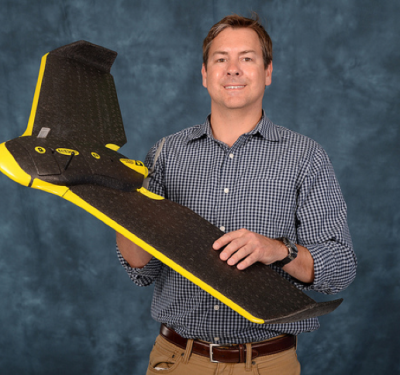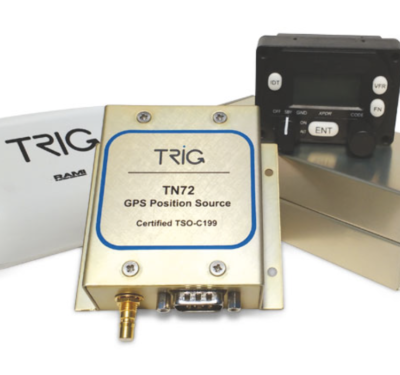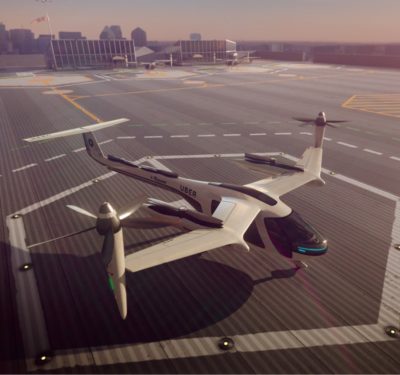Innovation in DAA, communications and C2 advance the industry

Flying BVLOS is still an exception, but enabling technologies are paving the way for routine BVLOS operations. The number of Part 107 BVLOS waivers issued by the FAA more than doubled in 2022 and increased 17% from January to March of this year.
“It’s not just one technology that will enable BVLOS, it’s a combination of technologies,” said Chris Theisen, director of Research and Development for the Northern Plains UAS Test Site in North Dakota.
“Technologies for cooperative airspace such as ADS-B (Automatic Dependent Surveillance–Broadcast), remote ID and sharing the location of the aircraft are going to be critical,” he said.
Cooperative sensors make it easier to deconflict the airspace, but not all aircraft are equipped with ADS-B. Operators flying BVLOS must mitigate this risk with detect and avoid (DAA) technology. DAA systems use a combination of sensors such as radar, GPS and cameras for detection. Data from the sensors is then processed by algorithms that analyze the information to identify potential collisions or near misses. The system then alerts the pilot or system to take action to avoid.
DETECT AND AVOID TECHNOLOGY
“An advanced, onboard, certifiable DAA system for crewed and uncrewed aircraft is the most critical emerging technology required to unlock routine BVLOS flight,” said Ashley McKinney, senior director of Sagetech Avionics, an aerospace technology company.
Sagetech’s ACAS X computer is a sensor fusion and collision avoidance system that is compatible with Sagetech’s own MXS cooperative sensors, and commercial noncooperative sensors such as small airborne radar or vision systems. Three software versions of ACAS X are available based on the type of unmanned or manned aircraft.
Iris Automation’s Casia system relies on AI-based vision technology to mitigate the risk of airborne collisions.
“Computer vision DAA is already better than a human, and is improving rapidly through advances in AI,” Iris Automation spokesperson Ann O’Leary said. Multiple Casia G nodes can be deployed to cover any operational area, enabling UAS to cover an entire municipality.
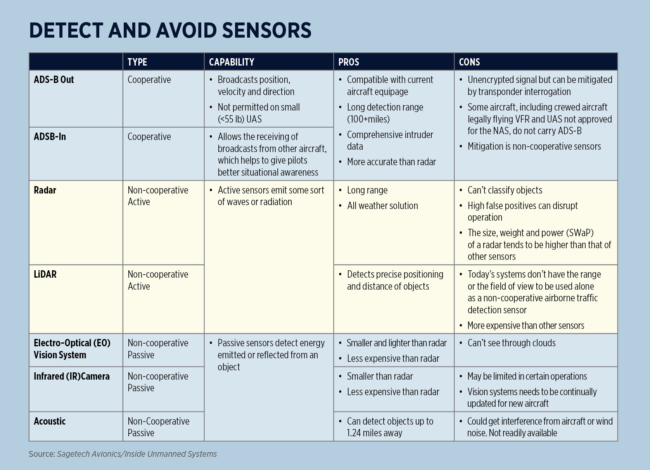
Electronically scanned array (ESA) radars are typically found in fighter jets or in missile defense systems. “Echodyne’s MESA, created with proprietary meta materials, delivers compact solid state radars with ESA performance at the price of inexpensive commercial radars,” said Leo McCloskey, director of marketing for Echodyne.
“As BVLOS applications begin to include unshielded areas, radar must be part of the solution,” McCloskey said.
He expects air taxis and unmanned air cargo will also use airborne radar to provide the situational awareness required for flight safety.
COMMUNICATIONS TECHNOLOGY
To obtain approval for flying BVLOS, operators must demonstrate reliable and robust command and control (C2) links to capture vital safety data between remote pilots and the UAS. Bill Topelgin, CEO of AURA, an FAA-compliant network provider, said C2 requirements vary depending on the airspace.
“To enable someone to fly in controlled airspace requires a radio link between the ground and the aircraft,” he said. This radio link is regulated and operates under stringent requirements (RTCA DO-377). AURA holds a Federal Communications Commission (FCC) license for an FAA-compliant aviation spectrum to create dedicated communications channels for crewed and uncrewed aviation. This will enable remote UAS pilots to speak to pilots in manned aircraft or air traffic control, just as if they were in the cockpit. AURA is targeting the unmanned cargo market in the near term and eventually advanced air mobility.
Communications on AURA’s private network are sent over circuits, through links that the company controls, not the internet. Flight plans ensure the company has a signal to meet the aircraft. AURA is currently building out its network of ground-based antennas and testing its technology with a number of companies.
In North Dakota, the Vantis UAS network, administered by the Northern Plains UAS Test Site, allows remote pilots to command and control their UAS and remain well clear of other aircraft during BVLOS flights. Thales USA developed and implemented a ground-based aviation infrastructure for Vantis, similar to those used in traditional aviation. C2 service was provided by
uAvionics. The network significantly lowers the barrier of entry to BVLOS flights for multiple users and can be expanded and scaled to other states, Theisen said. The first BVLOS waiver to utilize the Vantis network was awarded to uAvionix.
Radios networked together allow communication with the aircraft beyond visual line of sight. Radar provides surveillance and an understanding of where everyone is in the airspace. The system architecture was set up to offer services for all classes of airspace. Operators still need to coordinate with the controlling agency for access to airspace.
C2 TECHNOLOGY
Deployed in the cloud, the uAvionix SkyLine service platform controls multiple aircraft C2 networks by continuously monitoring and adjusting network health, signal strength, load balancing and roaming capabilities. “Without a cloud-based infrastructure, each deployment would require a separate mobile operations center, which would reduce reliability and increase costs for operators,” said Brit Wanick, vice president of marketing for uAvionix. Airborne and ground radio systems across multiple ground locations and radio frequencies achieve both path diversity and frequency diversity.
Wanick advises companies to consider the mission, operating environment and presence of risk factors when selecting a C2 platform for BVLOS operations. “Use of frequency diversity increases security, protects against interference and bandwidth congestion, and takes advantage of using the frequency best suited for the aircraft’s position and mission,” he said.
Spright, a drone solution provider focused on utilities and healthcare, recently received a nationwide waiver to fly beyond visual line of sight for utility clients. “All of the BVLOS waivers are based on performance criteria for flights in Class G air space,” said Eileen Lockhart, UAS program and field operations manager for Spright. Elsight provides the C2 link.
Elsight’s Halo aggregates 4G LTE, 5G, local RF and satellite communications and mesh to provide a connectivity solution that offers seamless transition of data. Halo automatically detects failed communications channels, instantly transmitting data on an alternative link without a disconnect.
NEXT STEPS FOR BVLOS
The transition from flying UAS BVLOS by exception to a fully integrated airspace will require developing similar performance-based standards and protocols found in crewed aviation to uncrewed aviation. “Safety is the heart of aviation. When you board an aircraft, you have confidence and assurance that every part of that aircraft has been inspected and certified and is safe,” Lockhart said. “We don’t have that yet in the drone world.”
